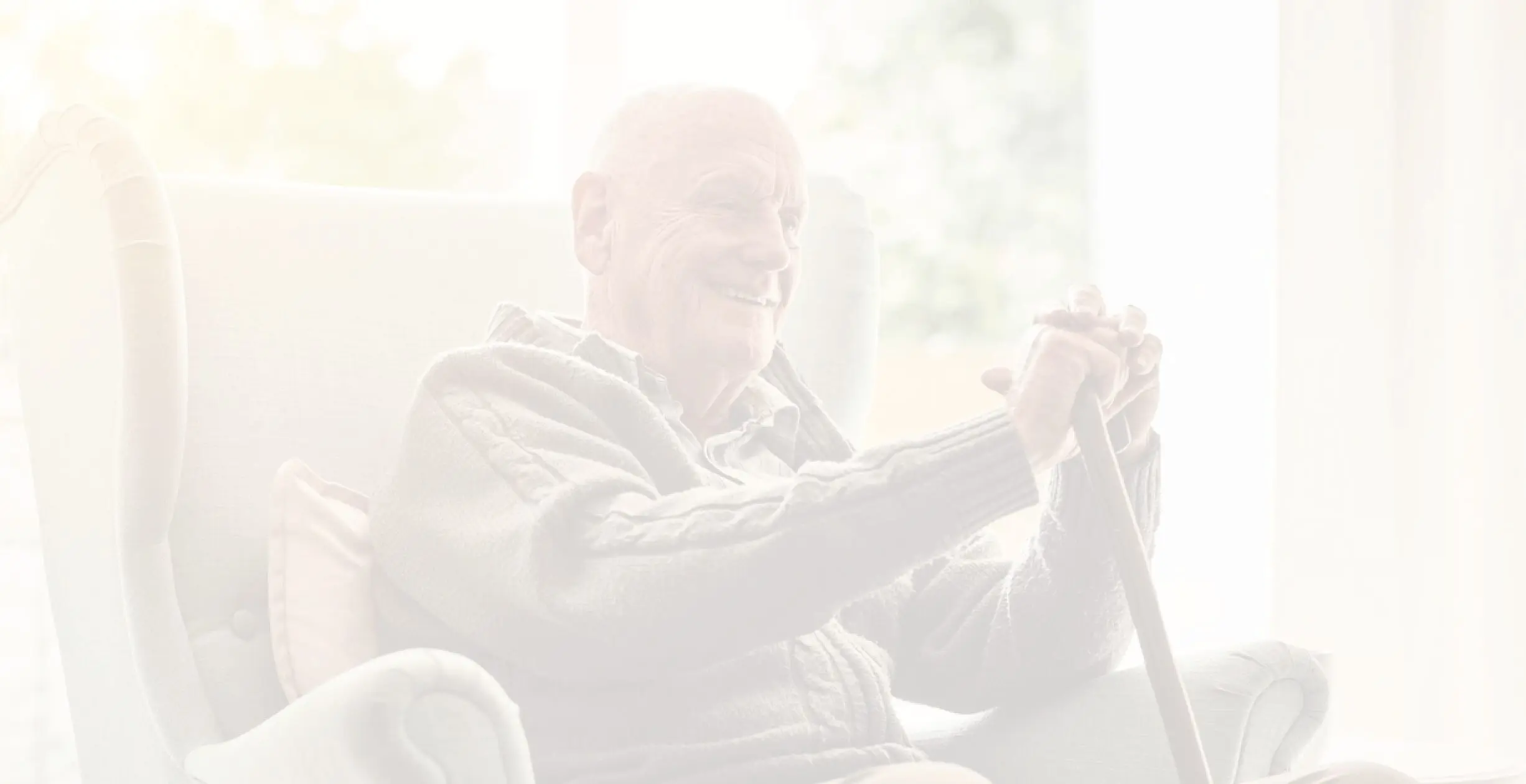Remote patient monitoring provides a unique ability for providers to connect with patients outside of traditional office visits and strengthen bonds with their patients. Monitoring nurses speak with RPM patients multiple times each month and many patients may receive calls or messages every day about their readings and progress.
Delivering Patient-Centered Care
Increased patient communication makes patients feel more connected to their providers. As a result, they become more invested in improving their own health. One patient in Optimize Health’s Clinical Monitoring service said, “Thank you so much for checking in and caring for me. You’re not only taking care of me, but also spreading hope and well-being to my family and friends too. My care team is awesome–thank you all.”
From a practice manager’s perspective, Melanie Brinkley at Kidney Disease Consultants says that their RPM patients are more consistent in taking their blood pressure readings because they know that someone is expecting them each day. “RPM has actually allowed us to deepen relationships with our patients. When they know we’re monitoring them everyday and that Cindy is going to call them, our patients want to participate and do the right things all the way around now.”
By giving providers and care teams a way to stay connected and daily care, RPM patients are engaged in their own care, encouraged by their improved results, and have deeper relationships with their care team.
RPM Accelerates Better Patient Outcomes
Staying more connected and communicating more often with patients also helps to improve patients’ health outcomes. Since RPM allows for real-time access to patient vital signs each day, providers and monitoring teams can see much more quickly when a patient starts to trend in the wrong direction and intervene before a critical event can take place.
For example, an Optimize Health monitoring nurse discovered that one of her patients had an intermittent very low heart rate. She escalated the readings to the patient’s provider, who then scheduled an office visit and identified that the patient needed a pacemaker. The patient was quickly scheduled for the surgery before their condition deteriorated, likely saving the patient from an ER visit or hospitalization.
In addition to preventing critical situations, RPM has also improved patients’ ability to make health-centered decisions. Daily results and frequent check-ins allow care teams to provide continuous health coaching and help patients understand how their diet or decisions can affect their health. As one practitioner in Chicago explains, “We call [our RPM patients] at least once or twice a month to check-in and then go through our list of questions, and what we’ve seen is that if they’re answering for the fourth week in a row that they’ve eaten fast food and also have high blood pressure, it starts clicking for them that the two are correlated, and they stop eating so much fast food. So now, we’re able to use RPM to help them better understand their health, and as a practice, we’re able to bill for 40 or 60 minutes per patient.”
Treating the Whole Patient
The connected, ongoing relationships that RPM facilitates also allows for a more holistic, preventative approach to treating patients. Mental health can impact physical health, but with limited and infrequent office visits, additional needs outside of physical health can be difficult to uncover or address. But because RPM facilitates frequent patient communication and relationship building, care teams have more opportunities to assess the total patient and help in a new way. “Some of our patients don’t have anyone at home to help them, so it takes some stress off and provides them some comfort in knowing that we’re seeing their readings daily,” a practice manager said.
Similarly, an Optimize Health nurse was monitoring a hypertensive patient who routinely took her readings and medication, but still had very high blood pressure. As the two got to know each other and had ongoing conversations about the patient’s diet and life, the nurse uncovered signs of anxiety and depression. She worked with the patient’s primary care physician to refer her to mental health support. As the patient’s mental health issues were addressed, the patient’s blood pressure began to decline.
Ready to Connect with Your Patients in a More Meaningful Way?
RPM allows providers to connect with patients outside of traditional office visits. If you want to learn more about successful monitoring strategies – even if you have limited staff – check out our free guide, Remote Monitoring Best Practices Guide: How to Effectively Monitor RPM Patients in 4 Steps. Or set up a call with one of RPM experts to see how RPM can strengthen your patient relationships.
